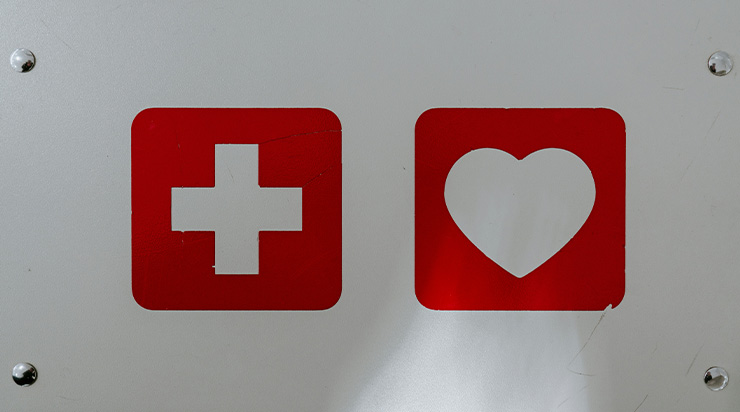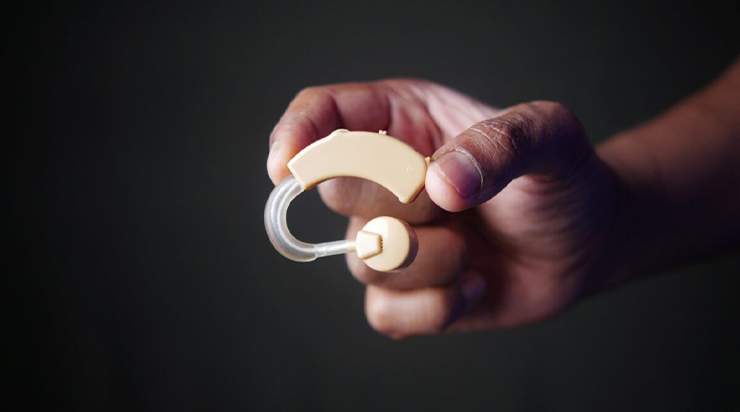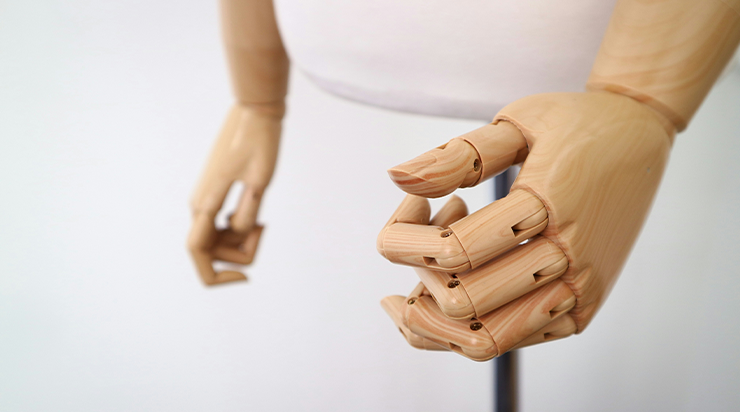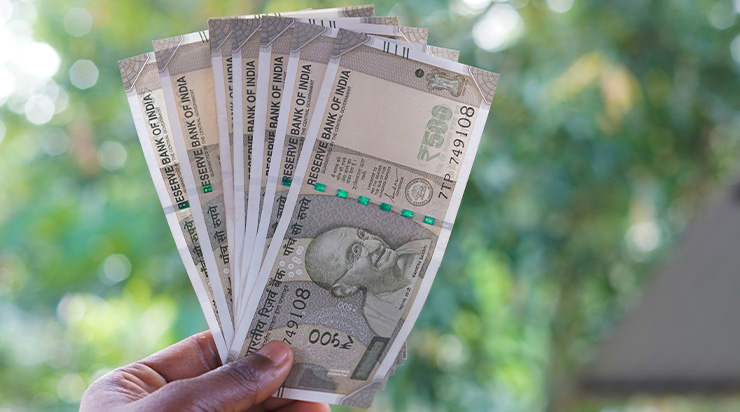Universal design is a concept that ensures environments, products, and services are usable by all people, to the greatest extent possible, without adaptation. In assistive technology, this philosophy is critical—not just for inclusivity but also for scalability.
For example, an app with voice control isn’t just useful to people with disabilities—it helps the elderly, the illiterate, and multitasking users too. Similarly, ramps don’t just serve wheelchair users; they help delivery staff, strollers, and travelers with luggage.
This mindset shifts AT from niche to mainstream. Yet, many AT products in India are developed with specific impairments in mind, not cross-functional usage. This limits both impact and adoption.
Universal design principles should be embedded from the ideation stage. Aatma is pushing for design workshops, guidelines, and industry standards to encourage inclusive thinking.
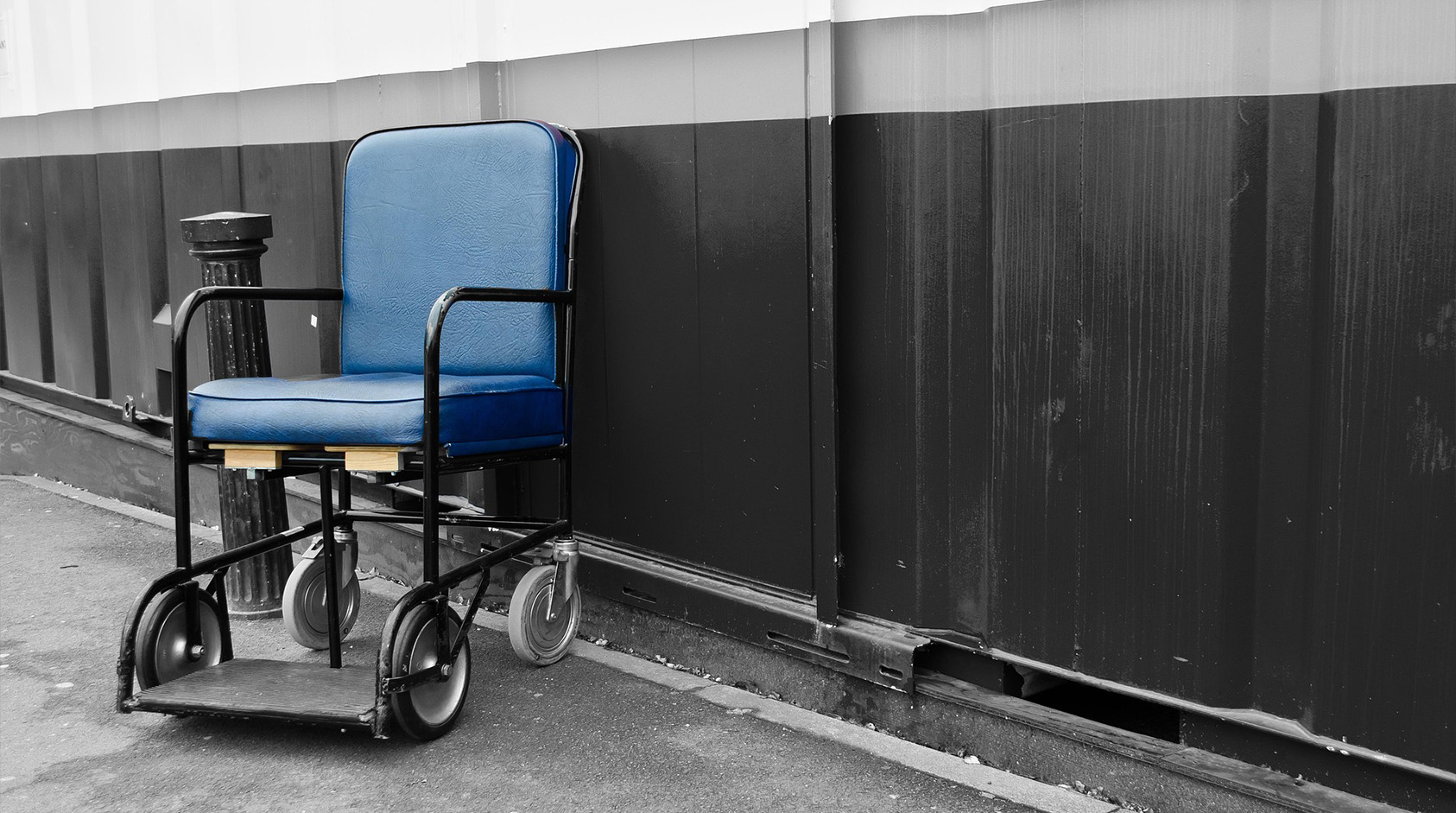
Designing with, Not for
True universal design begins with co-creation. Instead of assuming needs, developers must work alongside users. What looks efficient to a designer might be unusable to someone with motor limitations.
In India, a handful of institutes like NID and IIT Delhi run human-centric design labs. These should be scaled up. Public procurement frameworks must reward universal design.
Aatma plans to offer a design validation toolkit to its members to help evaluate how inclusive their products really are before launch.
“Universal design isn’t about special needs—it’s about smart design. When you create for the margins, you improve life for everyone.”
Inclusive design is good design. It’s not just ethical—it’s economical, efficient, and empowering. Let’s design the future with everyone in mind.

